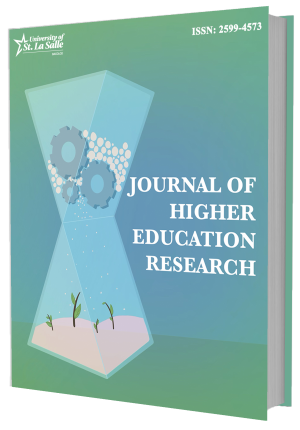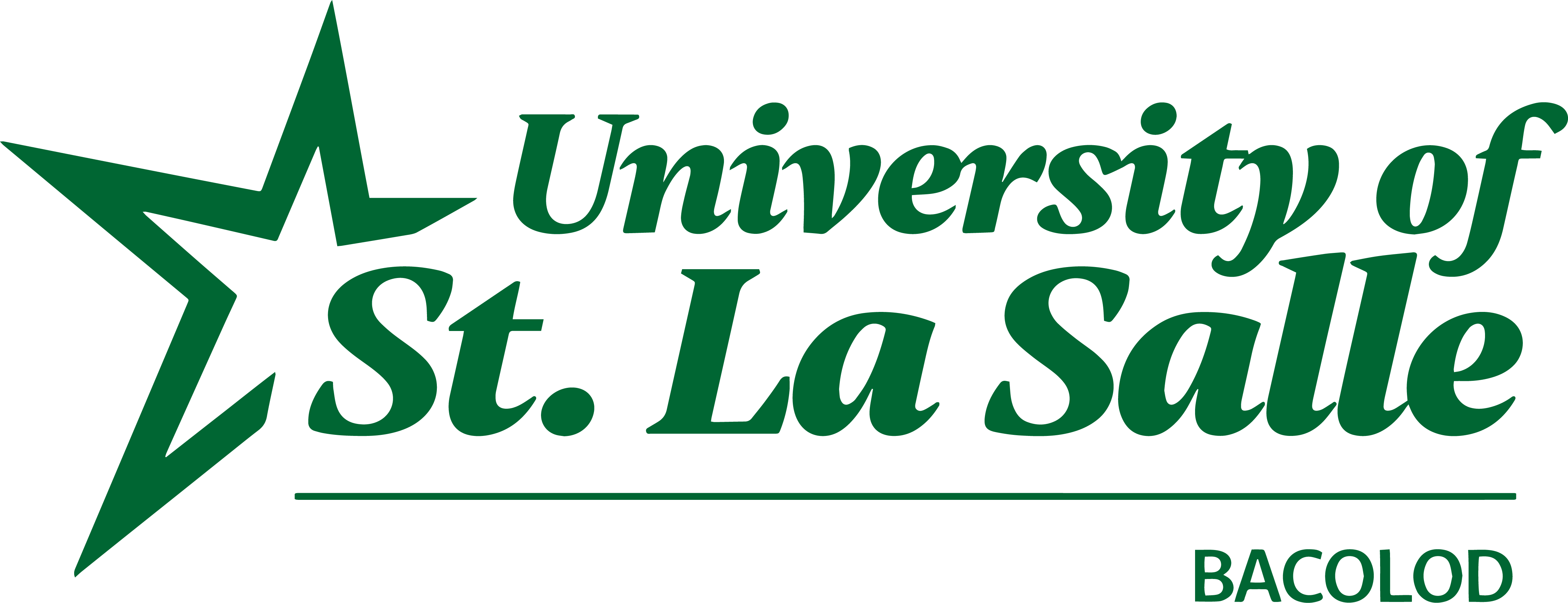The Meaning Behind: A Linguistic Landscape Analysis of a Public High School in Bacolod City
https://doi.org/10.70228/JHER2022010
Cite this article Read this article
ABSTRACT
This paper discusses some issues related to improving the study of the linguistic landscape in a public high school in Bacolod City. Linguistic landscape research has emerged as an approach to analyze public signs and images and their role in understanding the community. From a wider perspective, studying the linguistic landscape of a community has an impact because it influences the multilingualism aspect tied to one’s culture and language development. This qualitative research paper draws from the language ideologies presented by Pavlenko, Shohamy, Gorter, Weber, and Horner. This paper used photographs from the different areas of the school as linguistic landscape data. It then proceeded to examine the meaning behind these photographs. The signs indicate various characteristics and meanings regarding the language ideology, materials used, communicative function, and language prominence. It incorporates top-down and bottom-up signage, which shows the varying degrees of how the language was used. The signage found in various areas of the school also identifies whether the school is masculine or feminine. The majority of the signage indicates the masculinity of the school. Multilingualism is visible on the school grounds. Most of the signage was written in English, some were translated into Hiligaynon, and very few were written in Filipino. The study of these public signs provides opportunities to improve the linguistic landscape of the school by using multilingualism in the signage. The results help in analyzing the school's possible teaching and learning experiences, which aid learners’ language acquisition.
Keywords: language, linguistic landscape, language practices, language ideologies, qualitative research

Volume 9, June, 2021 EDITION
Published 2021
Editor's Note
It is with great pride that we present this latest collection of scholarly contributions in Volume 9 of the Journal for Higher Education Research, highlighting the diverse research endeavors undertaken by our esteemed authors. Each study featured in this volume emphasizes the commitment to academic excellence and practical impact, addressing challenges and uncovering insights relevant to a wide range of disciplines in higher education research. Macoy and Quezon delve into real estate buyers' preferences and financing determinants, offering valuable implications for developers and policymakers in Iloilo and Negros Occidental. Peña and Tedoco explore the opportunities and challenges faced by small enterprise bakery operators, providing practical recommendations for sustainability and growth within this vital sector. Dura's linguistic landscape analysis uncovers the cultural and ideological dynamics within a public high school in Bacolod City, emphasizing the importance of multilingualism in educational environments. Similarly, Quezon addresses the crucial topic of anxiety among young adults, shedding light on barriers to help-seeking and the innovative coping strategies developed in the absence of professional intervention. The work of Gabarra and Lastimoza showcases the effectiveness of graphic-[1]based supplementary reading materials in enhancing literature instruction, bridging traditional texts with modern, interactive tools. Pillo and her team present a sustainable ecotourism plan for Bago City and Pulupandan, highlighting the critical interplay between community involvement and ecological stewardship. The study by Tirado and colleagues establishes a strong link between online engagement and academic performance, emphasizing psychological engagement as a key mediator in mathematics education. Ochavo evaluates a school-[1]administered youth facility for children in conflict with the law, offering insights into its transformative impact and areas for improvement. Finally, Capay and her co-authors examine the implementation of the carousel delivery system in modular learning, underscoring its benefits while advocating for enhancements to further improve student experiences. This issue serves as a testament to the boundless dedication and ingenuity of our authors. We would like to thank our editors and reviewers for meticulously working on these significant research works. We hope these studies inspire further academic pursuits and practical applications that benefit our communities. Sincerely, JOVAL N. MARTINEZ Editor-in-Chief


